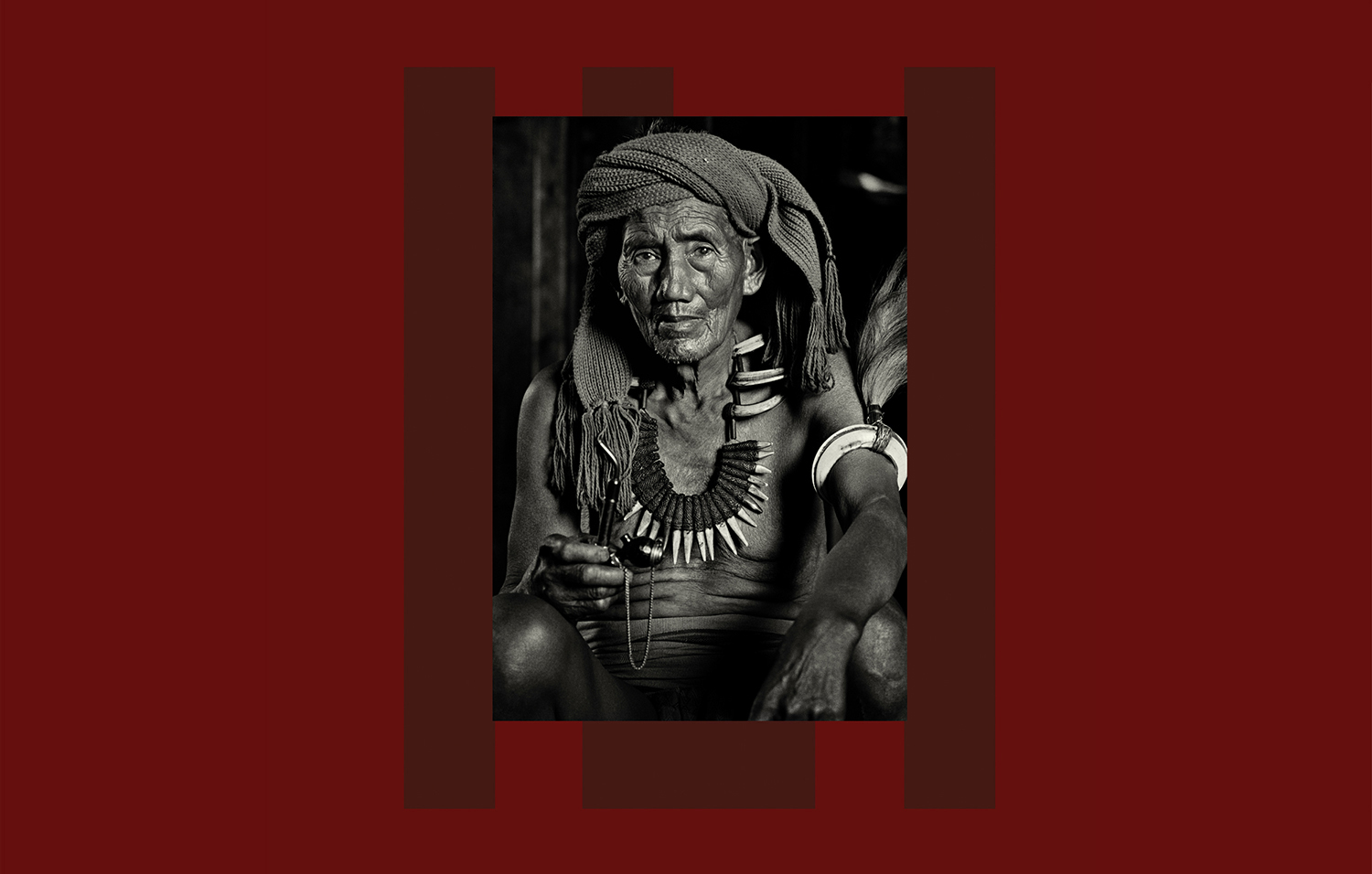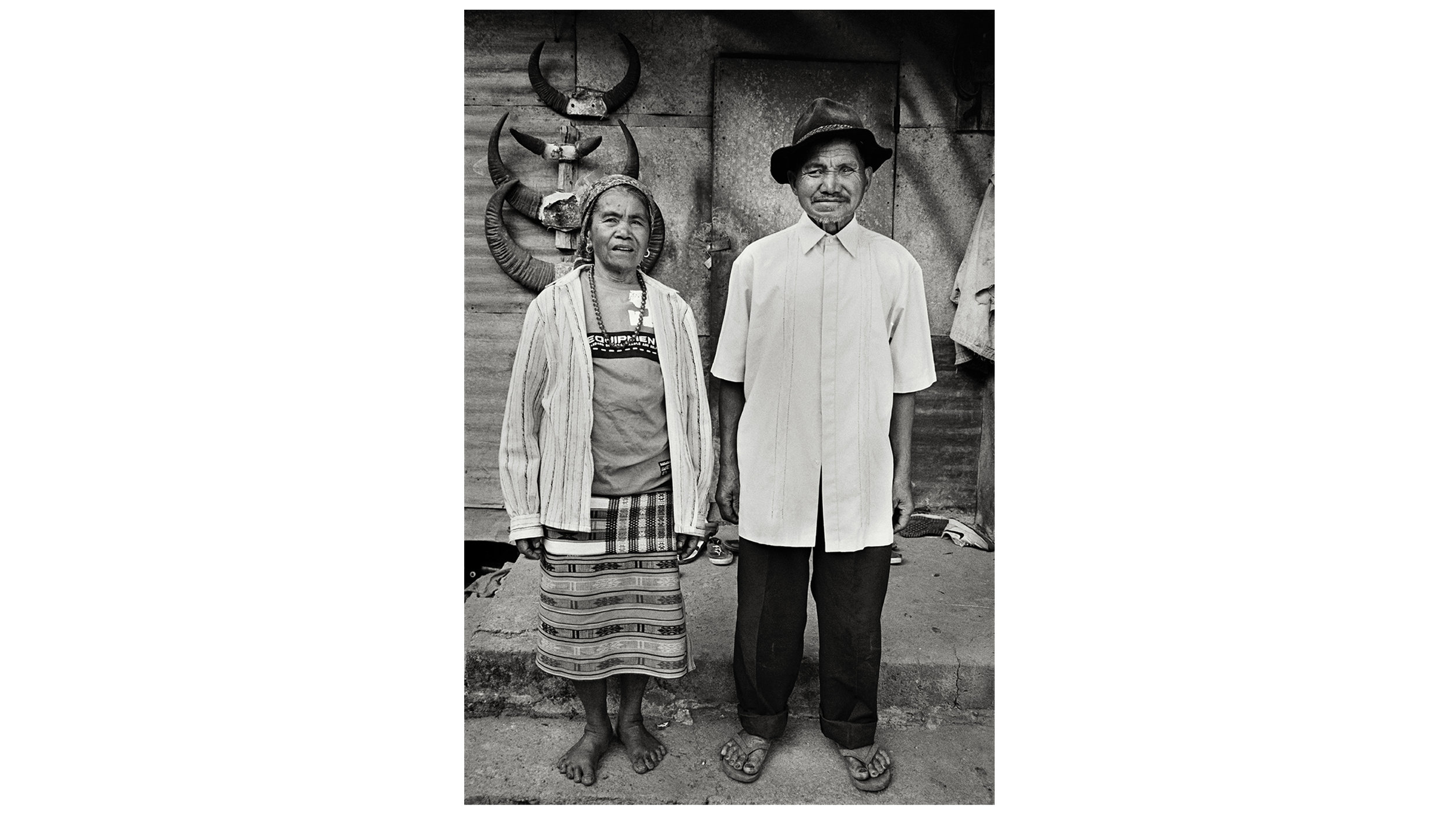
ILI/TOMMY HAFALLA
For over three decades, Tommy Hafalla has been documenting the life and rituals of the ethnolinguistic groups that occupy the Philippine Cordillera. These are presented in his first book, ILI. Hafallaʼs beautiful images operate not only on a visual level but also in other ways of telling history.
Originally trained as an airplane mechanic, Hafalla volunteered on medical missions to the most isolated areas of the Cordillera, where he was introduced to the people and their ritual way of life. The scarcity of film and processing chemicals in the mountains made the photographer resourceful in his alchemy, using x-ray developers sourced from hospitals as well as home concocted formularies for his developer, stop and fix.
In the Philippines’ long struggle for cultural identity, Hafalla’s photographs document the indigenous responding to modernity. Recognizing that tradition is alive, creative, adaptive, and constantly shifting, his practice is to go back to the ili time and again to photograph the same ritual unfolding in its many iterations. Many of the rituals documented are not open to the public – thus providing a glimpse of tradition not usually seen. These rare photographs that make up Ili are of a surviving pre-colonial culture that span a period of over thirty years from 1981-2011.







- Edition of 1000
- Limited Edition of 50 with Platinum Print + Slipcase
- 254x295 mm. 160 pp.
- ISBN 978-0-9956449-0-8
- Published by Mapa Books
Please get in touch before ordering the special edition to choose between two prints, they are an edition of 25 each. The platinum print is on 8x10in Hahnemühle Platinum Rag measuring approximately 6in x9.5in and will be sent tracked special delivery.